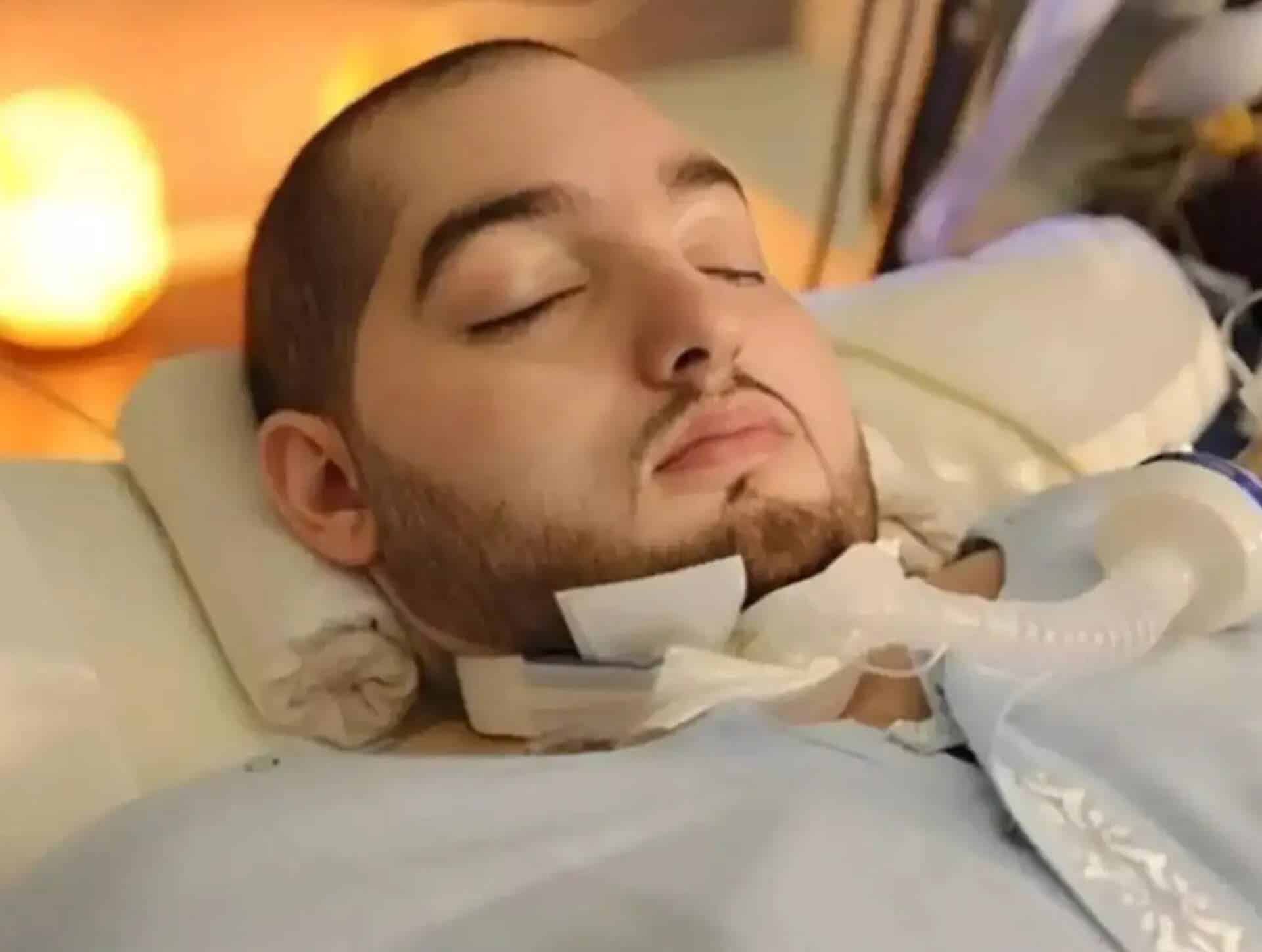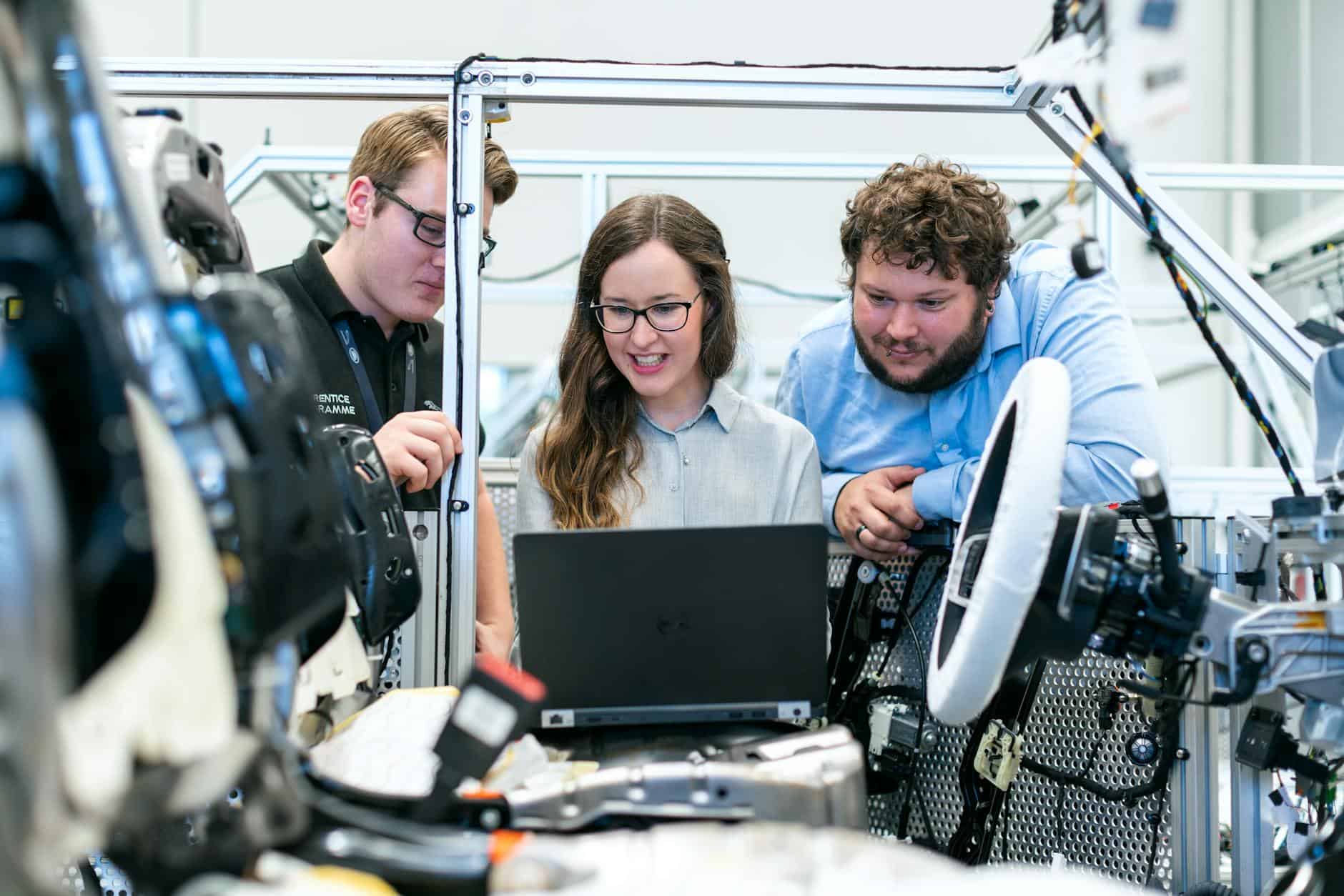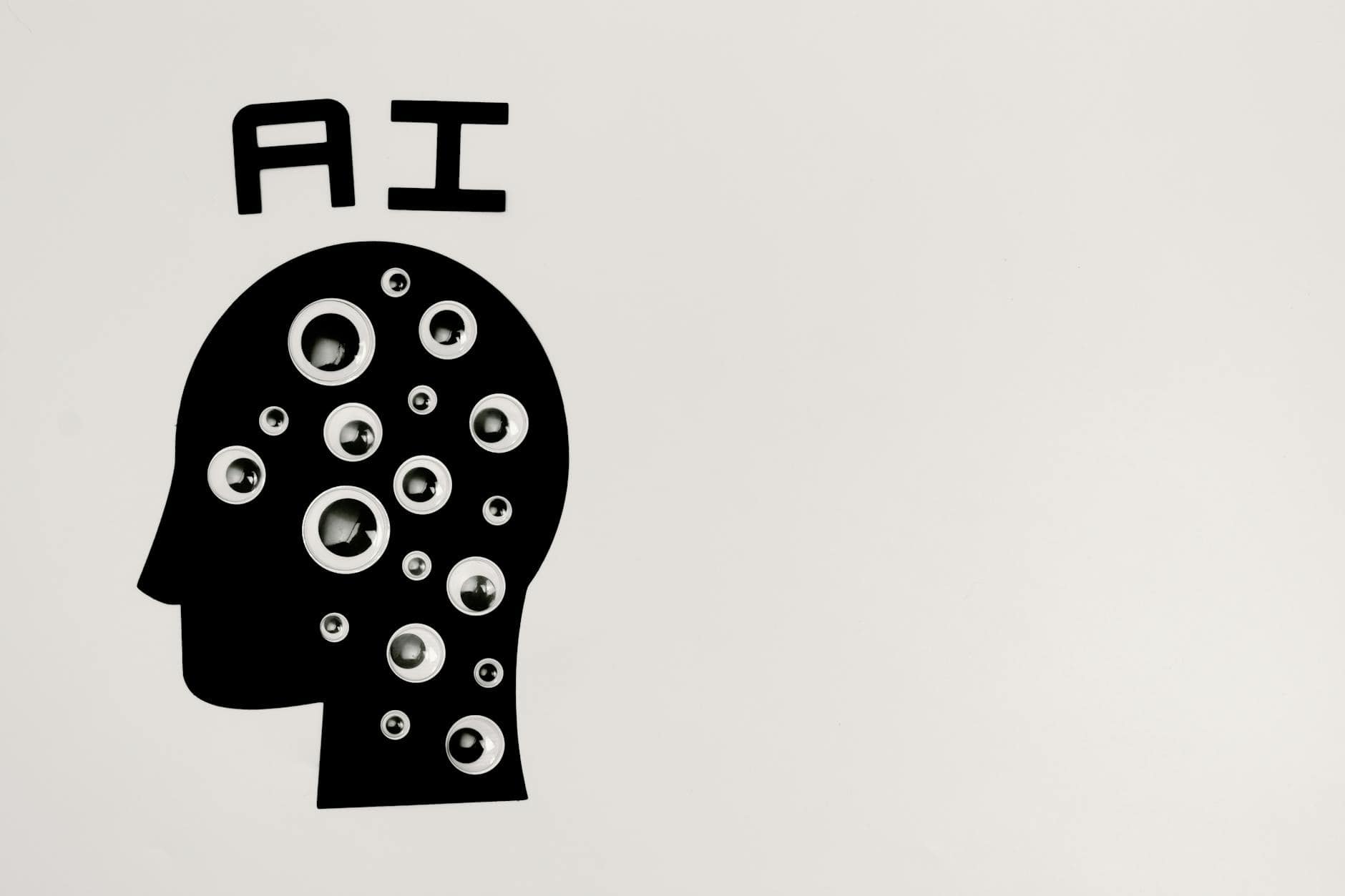The viral video claimed that the Saudi Prince woke up after being in a coma for 20 years. He was greeted by his family at the hospital.
Saudi Arabia’s “Sleeping Prince”: The Truth Behind the Viral Awakening Rumor in 2025

In recent months, social media platforms have been flooded with viral claims. Viral content suggests that Saudi Arabia’s Prince Al-Waleed bin Khaled bin Talal has miraculously woken up. He is famously known as the “Sleeping Prince.” This is said to have happened after nearly 20 years in a coma. Yet, as compelling as the narrative seems, the truth is far from what’s being circulated online.
This article explores the real story behind the “Sleeping Prince.” It separates verified facts from misleading viral content. It highlights the impact of misinformation in the digital age.
Who Is Prince Al-Waleed bin Khaled bin Talal?

Prince Al-Waleed bin Khaled bin Talal is the son of Saudi billionaire Prince Khaled bin Talal. He is also the great-grandson of King Abdulaziz, the founder of modern-day Saudi Arabia. Prince Al-Waleed was born into the royal family. He was a promising young man studying at a military academy in the United Kingdom. Tragedy struck in 2005.
The Viral Video That Sparked Confusion
Shortly after his 36th birthday on April 18, 2025, a video began circulating widely. It appeared on platforms like X (formerly Twitter), TikTok, and Instagram. The clip appeared to show a man in a hospital bed being embraced by family members, accompanied by captions like:
“Saudi Arabia’s Sleeping Prince has finally woken up after 20 years in a coma.”
The video started with a still image of the prince. It was followed by a heartwarming scene of recovery. This scene captivated millions. However, the story took a dramatic turn when fact-checkers began investigating the origins of the footage.
What the Video Really Shows: Not the Prince

It was soon revealed that the video in question did not feature Prince Al-Waleed bin Khaled bin Talal at all. Instead, it showed Yazeed Mohamed Al-Rajhi. He is a well-known Saudi businessman and motorsport driver. He had recently suffered injuries during the Baja Jordan Rally earlier in 2025.
Al-Rajhi was hospitalized with spinal fractures and was documented recovering in a video shared by his team, Yazeed Racing. An official update from the team on April 12, 2025, stated:
“Both are fully conscious and in stable condition and are now undergoing the necessary medical examinations to guarantee their well-being.”
Subsequent examinations confirmed that Al-Rajhi had sustained two vertebral fractures, and his co-driver suffered four spinal fractures. Video clips of Al-Rajhi’s recovery were later misattributed. They were merged with a genuine photo of Prince Al-Waleed. Then, they were falsely presented as a miraculous royal awakening.
What Is the Current Status of the Sleeping Prince?

As of June 17, 2025, there is no official medical report. There is no confirmation that Prince Al-Waleed bin Khaled has regained consciousness. The prince remains in a coma, despite ongoing hope from his family and the public. He is sustained by a feeding tube and round-the-clock medical support.
This information has been confirmed by multiple reputable outlets. The Times of India also reported that doctors had advised the prince’s family in 2015 to consider ending life support. His father, Prince Khaled bin Talal, strongly rejected the idea, expressing faith in divine will:
“If God had wanted him to die in the accident, he would have been in his grave now.”
Earlier Glimpses of Movement: Misleading Hopes?
In 2019, a short clip surfaced. In the clip, Prince Al-Waleed appeared to lift a few fingers. He also seemed to move his head in response to physical stimulation. The footage reignited hopes that he will one day awaken. Medical professionals, nevertheless, cautioned that such movements are involuntary muscle reflexes rather than signs of cognitive awareness.
Since then, no significant progress has been reported. The prince remains in what neurologists call a “vegetative state.” His brain activity is severely limited. Voluntary interaction is virtually nonexistent.
Why This Story Captures Global Attention
Prince Al-Waleed’s ongoing story has struck a chord with millions across the globe. This is not just because of his royal status. It is also due to the enduring devotion shown by his family, particularly his father. For nearly 20 years, the family has rejected calls to withdraw life support. They have stood firmly by his side. They hold on to hope for divine intervention and miraculous healing.
In today’s age, long-term coma patients are often withdrawn from life support after extended periods without recovery. The prince’s situation is rare and emotionally compelling.
The Problem with Viral Misinformation
The recent wave of fake news underscores a growing challenge in today’s digital landscape: viral misinformation. With advanced video editing, AI-generated content, and emotional manipulation, it’s easier than ever to mislead audiences. The video of Yazeed Al-Rajhi was authentic. But, pairing it with an image of the prince and mislabeling it created a believable but false narrative.
Social media platforms have been criticized for enabling such misinformation to spread quickly, often without context or verification. In this case, a hopeful update on a rally driver’s recovery should have been provided. Instead, it was twisted into a false story about a prince in a coma.
Why the Truth Matters
For the family of Prince Al-Waleed, clarity and truth are important. Millions continue to pray for his recovery. False hope can be emotionally devastating for families already facing unimaginable challenges. Furthermore, when public figures are used in misleading content, it disrespects their privacy and dignity. It also manipulates public perception.
As content creators, news outlets, and social media users, it is critical to verify information before sharing it. The spread of fake news not only distorts reality but can also have real-world emotional and psychological impacts.
Final Word: A Legacy of Faith and Resilience
Prince Al-Waleed bin Khaled bin Talal remains one of the most well-known coma patients in modern history. His family refuses to give up. Their public displays of faith are constant. The continuous outpouring of support from well-wishers shows the strength of belief in miracles. This is true even when science seems to offer no guarantees.
As of today, he has not woken up, and any reports suggesting otherwise are false. His story is not one of medical recovery—but of enduring loyalty, patience, and hope.
Frequently Asked Questions (FAQs)
Q: Is Prince Al-Waleed bin Khaled still alive in 2025?
Yes, he is alive but remains in a coma, on life support in Riyadh.
Q: Has Prince Al-Waleed shown any signs of recovery?
There were minimal signs like finger movement in 2019, but no confirmed cognitive recovery has been reported.
Q: Who was shown in the viral video claiming he woke up?
The video falsely featured rally driver Yazeed Al-Rajhi, not the prince.
Q: Why do people still believe he might wake up?
Due to deeply held religious faith, emotional connection, and occasional misleading online content.














Leave a Reply